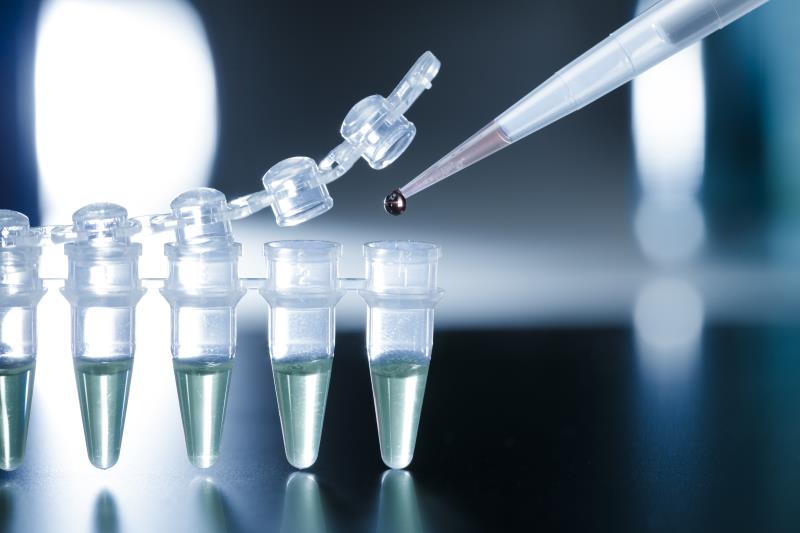
SARS-CoV-2 seems to persist longer and peak later, with higher viral loads, in patients with severe coronavirus disease 2019 (COVID-19), according to a new study.
“We systematically estimated the viral loads in more than 3,000 samples collected from 96 patients after admission who were infected with SARS-CoV-2 and analysed the temporal change in viral loads and the correlation between viral loads in different sample types and disease severity,” said researchers.
Of the enrolled participants, 22 (median age, 47.5 years; 41 percent male) had mild disease, while the remaining 74 (median age, 57 years; 66 percent male) had severe COVID-19. Most presented with fever (89 percent) and cough (56 percent) symptoms and were treated with glucocorticoids (81 percent) and antibiotics (34 percent). All received antiviral agents. [BMJ 2020;369:m1443]
Most of the samples collected were respiratory (n=1,846), including 668 sputum and 1,178 saliva samples. There were also 842 stool, 629 serum and 180 urine samples. All diagnoses were confirmed through testing respiratory samples.
The researchers, however, also found viral RNA in 59 percent of the stool samples and in 41 percent of the serum samples.
During the first week of symptom onset, SARS-CoV-2 had been detected in 95 percent of the respiratory samples. This dropped to 54 percent by the fourth week, with subsequent samples testing negative. Respiratory samples also had the highest viral loads, the evolution of which over time varied according to disease severity.
In patients with mild COVID-19, respiratory viral loads were high in the disease course, peaking during the second week and declining thereafter. In those with severe disease, viral loads continued to stay high during the third and fourth weeks after disease onset.
In comparison, stool samples had a low positivity rate during the first week of symptoms, gradually ramping up and reaching a peak by the third week. These samples also had the second-highest viral loads. While disease severity did not seem to affect the change in viral load over time, the virus was persistent in stool samples, maintaining high levels until the third and fourth week after symptom onset.
This was confirmed in viral duration analyses, which revealed that SARS-CoV-2 remained present in respiratory samples for a median of 18 days, significantly shorter than its median stay of 22 days in stool samples (P=0.02). Stratifying according to disease severity further showed that the virus was significantly more persistent in the respiratory samples of those with severe COVID-19 (21 vs 14 days; p=0.04).
Serum samples had the lowest viral loads and shortest viral duration.
“Compared with patients with mild disease, those with severe disease showed longer duration of SARS-CoV-2 in respiratory samples, higher viral load and a later shedding peak,” the researchers said. “These findings suggest that reducing viral loads through clinical means and strengthening management during each stage of severe disease should help to prevent the spread of the virus.”